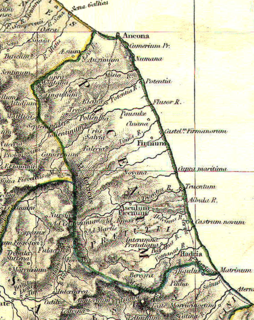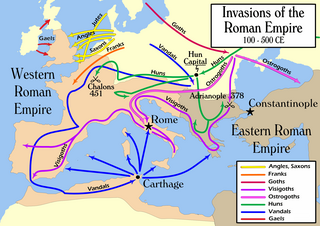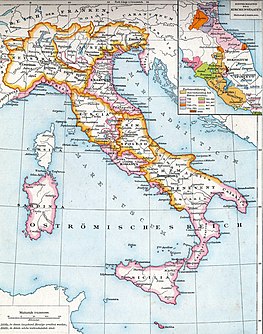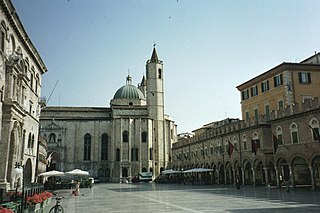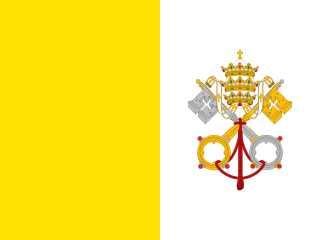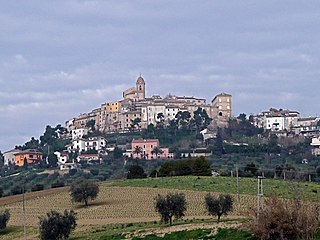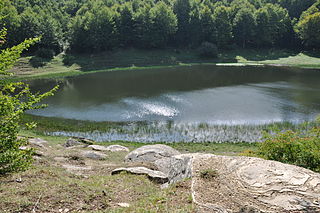| Acquaviva Picena | |
|---|---|
| Comune | |
| Comune di Acquaviva Picena | |
 The fortress of Acquaviva | |
| Coordinates: 42°57′N13°49′E / 42.950°N 13.817°E Coordinates: 42°57′N13°49′E / 42.950°N 13.817°E | |
| Country | Italy |
| Region | Marche |
| Province | Ascoli Piceno (AP) |
| Frazioni | Abbadetta, Casaricca, Forola, Madonna delle Piane, Quercia, Sant'Angelo |
| Government | |
| • Mayor | Pierpaolo Rosetti |
| Area | |
| • Total | 20.9 km2 (8.1 sq mi) |
| Elevation | 365 m (1,198 ft) |
| Population (2008) [1] | |
| • Total | 3,690 |
| • Density | 180/km2 (460/sq mi) |
| Demonym(s) | Acquavivani |
| Time zone | CET (UTC+1) |
| • Summer (DST) | CEST (UTC+2) |
| Postal code | 63075 |
| Dialing code | 0735 |
| Patron saint | Saint Nicholas |
| Saint day | December 6 |
| Website | Official website |
| Wikimedia Commons has media related to Acquaviva Picena . |
Acquaviva Picena is a comune (municipality) in the Province of Ascoli Piceno in the Italian region Marche. The village lies on a hill over the Valley of Tronto, just a few kilometres from the Adriatic Sea and San Benedetto del Tronto. From the top of the hill (365 m.s.l.), it’s possible to see the Sibillini Mountains (Monte Vettore), and even the further away Gran Sasso and Majella.

The comune is a basic administrative division in Italy, roughly equivalent to a township or municipality.

The province of Ascoli Piceno is a province in the Marche region of Italy. Its capital is the city of Ascoli Piceno, and the province is bordered by the Adriatic Sea to the east, the province of Macerata to the north, and it faces the regions of Umbria and Abruzzo (Abruzzi) to the south. There are 33 comuni in the province, see Comunes of the Province of Ascoli Piceno.

Italy, officially the Italian Republic, is a country in Southern and Western Europe. Located in the middle of the Mediterranean Sea, Italy shares open land borders with France, Switzerland, Austria, Slovenia and the enclaved microstates San Marino and Vatican City. Italy covers an area of 301,340 km2 (116,350 sq mi) and has a largely temperate seasonal and Mediterranean climate. With around 61 million inhabitants, it is the fourth-most populous EU member state and the most populous country in Southern Europe.

